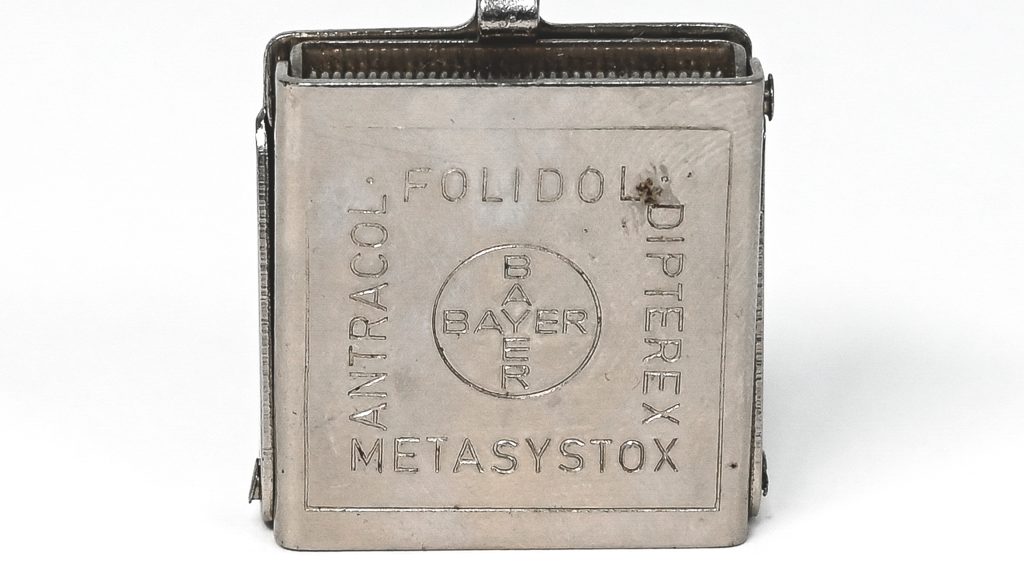
While fruit farmers Mr and Mrs Somerville lobbed their tennis ball on dusty courts in the Orange region of NSW, their young son Warren waited patiently and dug around in the nearby rocky ground. Warren later confessed, ‘I found lots of strange looking rocks which I carted home, to my mother’s utter disgust… and gradually […]
Read More…
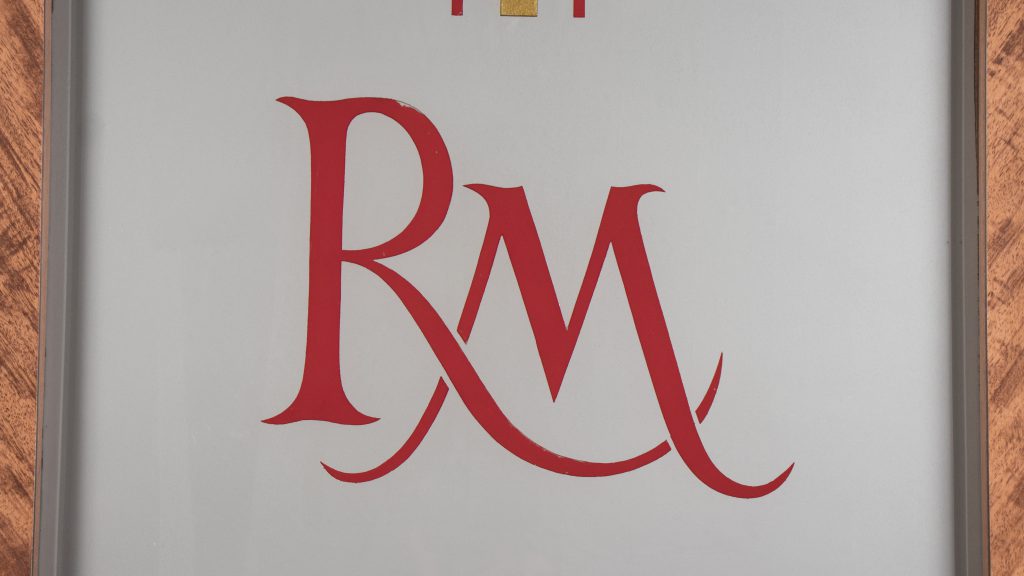
In 1923, George Kringas (formerly Krigkas) migrated from the Peloponnese to Australia in search of a better life. Just one year later he opened his Greek café named the Rose Marie in Orange. From the early twentieth century, Greek entrepreneurs like George established cafes that were a mix of the late nineteenth century British-style oyster-bar […]
Read More…
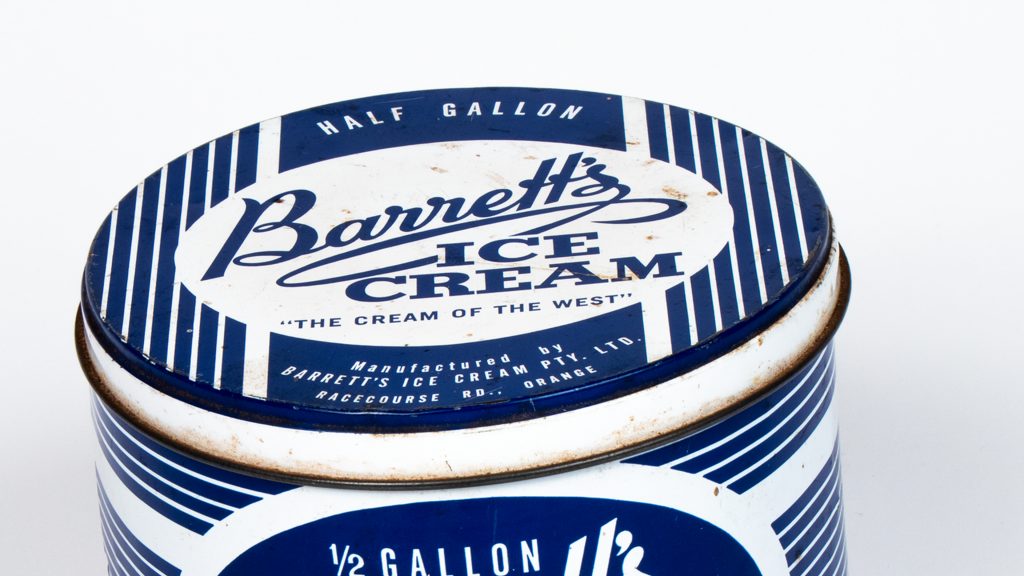
Barrett’s Ice Cream, the ‘Cream of the West’, was sold during the mid-1960s in this round blue-and-white tin. Barretts also packaged their ice cream in a waxed, rectangular cardboard container known as ‘The Brick’. For obvious reasons, this once-familiar packaging has not survived. Barrett’s Orange-based ice cream business was founded by Walter E. Barrett in […]
Read More…
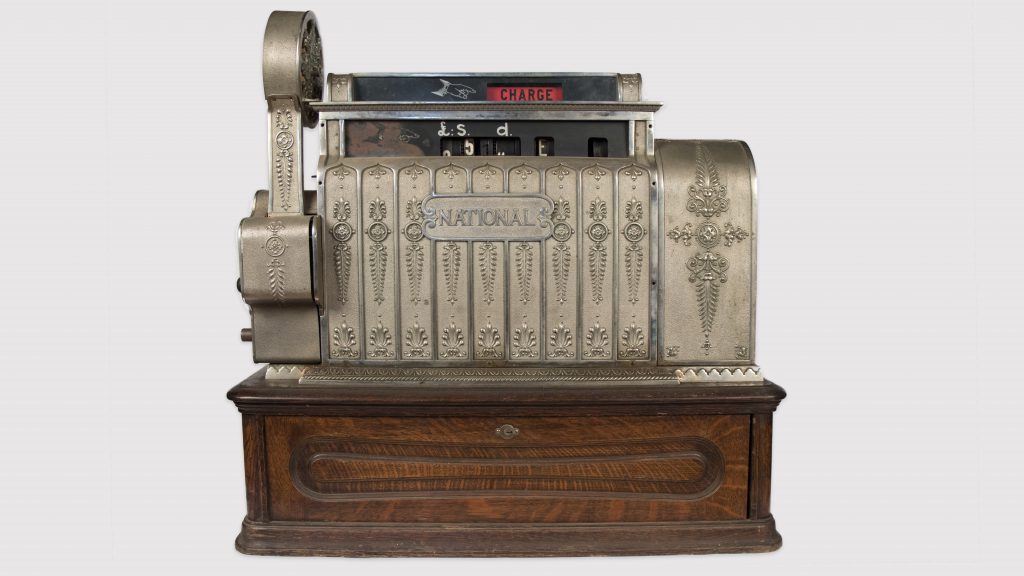
Around 1905 Walter Bennett installed this impressive cash register at his general store, located on Pym Street in Millthorpe, near Orange. Marketed as the ‘incorruptible cashier’, the solid and beautifully designed register, made of brass and timber, took pride of place on Walter’s shop counter. With each sale the mute machine came to life, when […]
Read More…
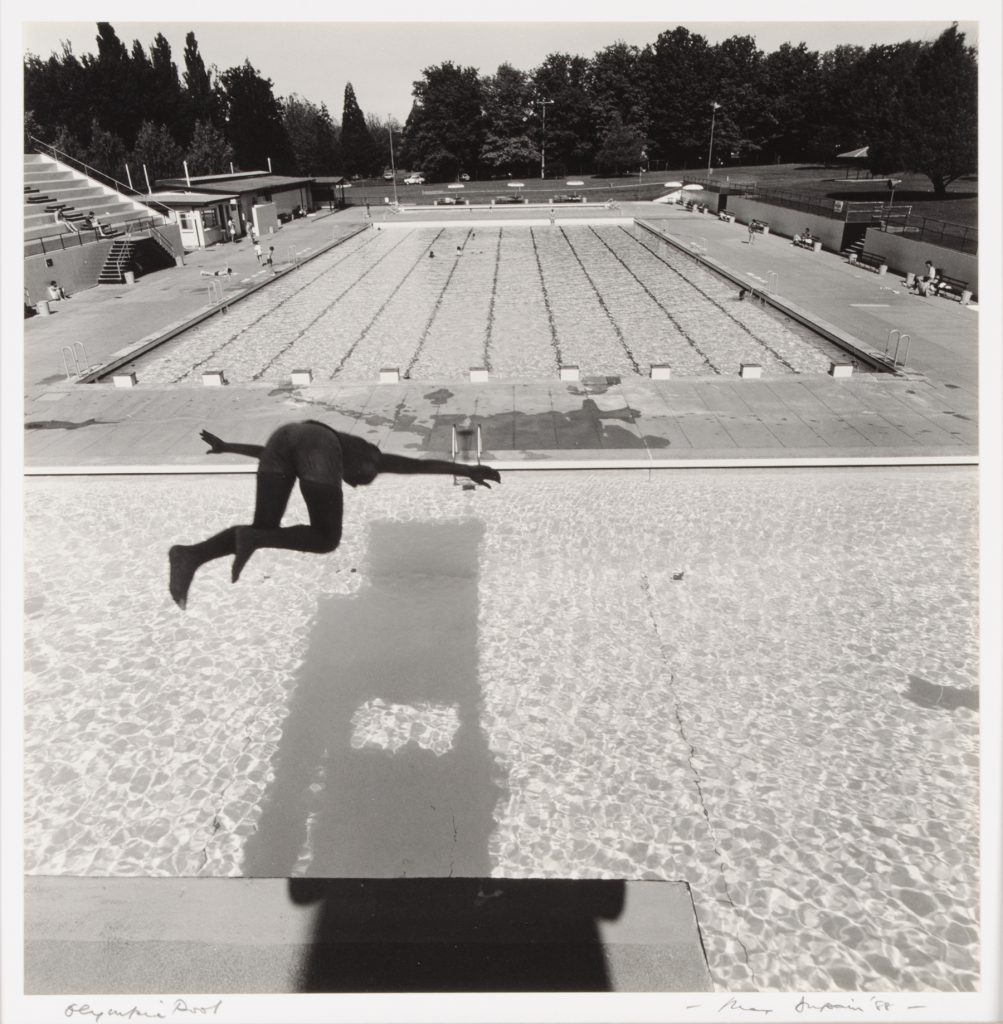
In 1988, and with camera in hand, the celebrated Sydney-based photographer Max Dupain (1911-1992) ventured west to the town of Orange. More well-known for capturing city skyscrapers, harbour ferries, and bathers on sandy beaches, Dupain went to Orange at the request of Peter O’Neill, then Director of Orange Regional Gallery. O’Neill had asked Dupain to […]
Read More…
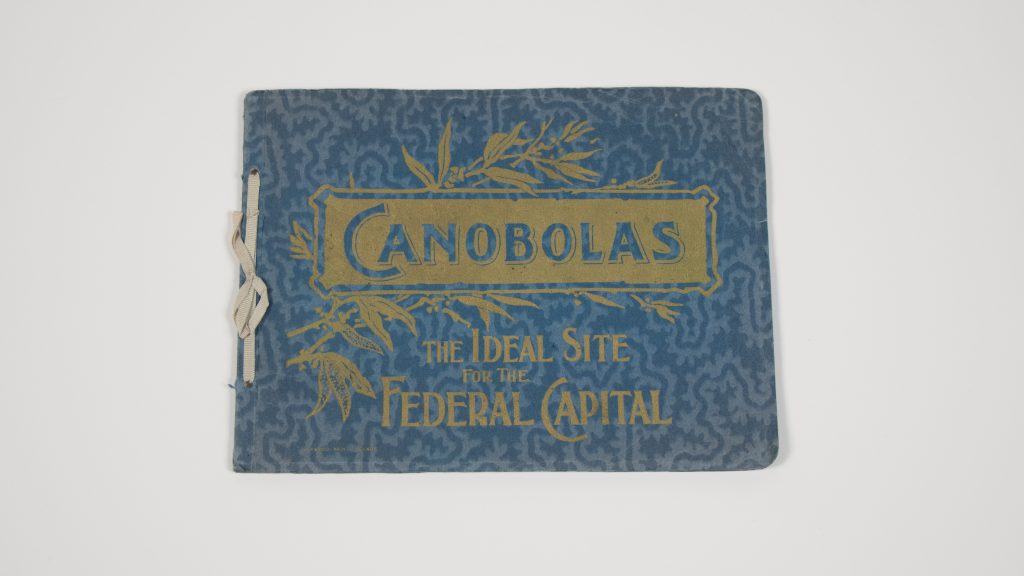
This 1902 booklet shows that the Central West town of Orange was once in contention to become the site of the nation’s capital. This honour eventually went to Canberra. The cover proclaims ‘Canobolas’ as the ‘Ideal Site for the Federal Capital’. An English / Anglicised version of a Wiradjuri word Gnoo Blas and meaning ‘two […]
Read More…
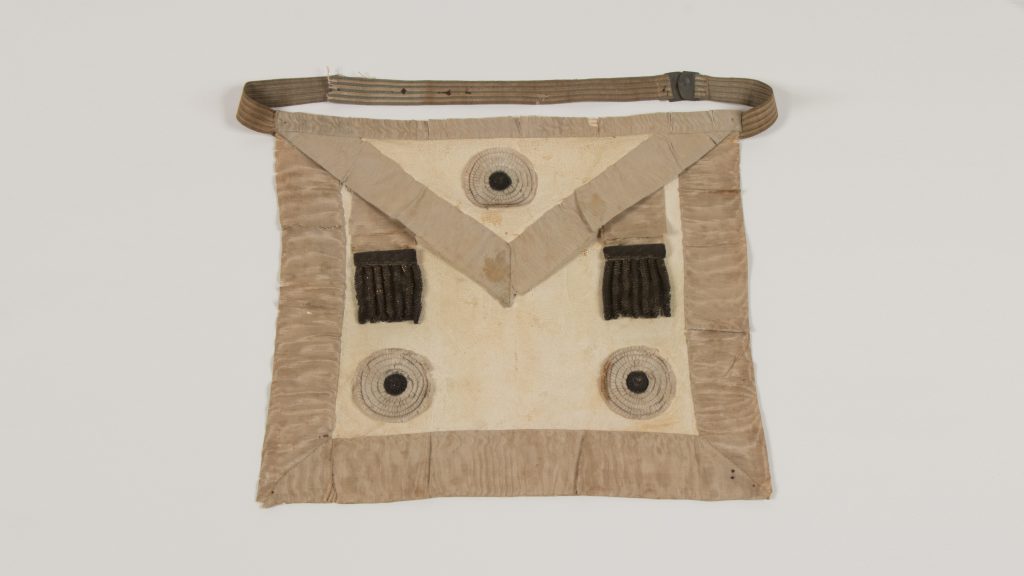
This decorated apron is typical of the regalia worn world-wide by the Freemasons, and from the early eighteenth century. This era saw Freemasonry evolve from a craft-based fraternity exclusive to freemasons, to a moral-based organisation exclusive to men. Freemasonry, resembling this historic change, was transported to Australia by British-origin migrants in the late-eighteenth century. Throughout […]
Read More…
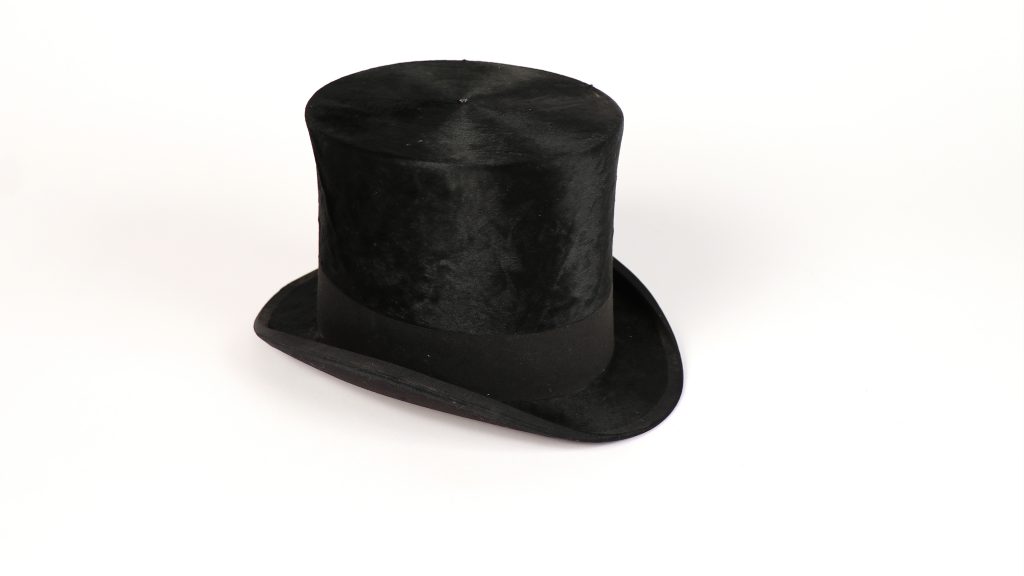
This elegant top hat first belonged to James Dalton Jnr (1834-1919) of Orange, who purchased and wore it in the latter half of the nineteenth century. Several decades earlier, James had fled the Great Irish Famine, leaving the town of Duntryleague in Limerick County, Ireland and migrating to NSW as a free-settler on the Panama, arriving […]
Read More…









